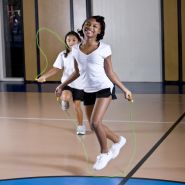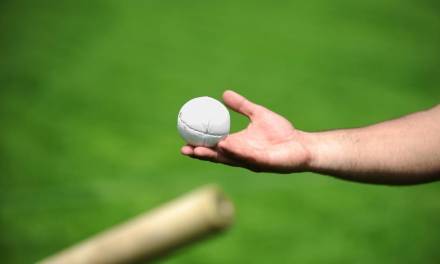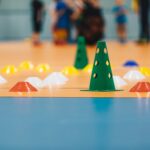Technique is a topic which is heavily discussed in sport as people of all ages strive to achieve the “text book” technique of their sport, whether that be a volley in football, hurdling in athletics or serving in tennis. All the professional tennis and badminton players around the world had to start somewhere, usually involving a PE teacher showing them a “perfect example” of a current world-class athlete in the sport.
The skills required to become a truly world class tennis player are unique to the sport, as it is one of a handful of sports around the world which takes place over a number of different surfaces. This alone presents a challenge to the players to be able to adapt their skills to the surfaces, which are grass, clay and hard courts as well as a few indoor events.
Clubs of whatever sports could not happen if it wasn’t for the associations which run as an umbrella for all of the clubs. The Lawn tennis association (LTA), founded in 1888 is that organisation for tennis in Britain and have their base at the National Tennis Centre in Roehampton. Badminton England is the NGB for badminton in England and was founded in 1893.
Although these two associations have similar goals of promoting their individual sports, trying to coach world class athletes and invest in grassroots clubs. Badminton England hold Olympic success at the very foundation of the association, LTA however are trying to produce athletes capable of winning one of the four grand slams (Wimbledon, French Open, US Open & Australian Open).
Badminton England have outlined that attitude and ambition, as well as determination are as hugely influential when starting on the pathway to Olympic success before any of the key skills are learned. As documented on many occasions, PE is the starting place for sporting success as it is the first place that children experience a range of sports.
The skills taught in PE for badminton are serving, smash, clear, drop shot and backhand, all of which are as important as the other for the children involved in the lesson to develop. Similarly, the tennis skills taught are serving, backhand, drop shot, slice, volleys, forehand.
The surface which tennis is being played places a higher emphasis on certain skills over others, for example, serving and volleying are more common on grass courts, whereas slice and drop shots are more regularly seen on clay or hard surface courts.
Some of the skills are shared by both sports; however, this does not translate into the same technique being used. A technique which runs throughout badminton is the use of the wrists and how being able to flick the wrists as swiftly and accurately as possible is key for success. Yet in tennis, a very strong firm grip of the racket is required to be able to generate enough power through the ball.









